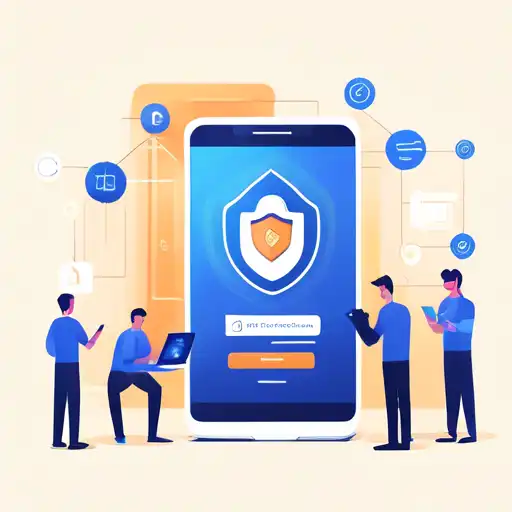Introduction to Mobile App Security
In today's digital age, mobile app security is more important than ever. With the increasing number of mobile users, developers must prioritize security to protect user data and maintain trust. This article outlines the best practices for securing mobile applications, ensuring your app is safe from vulnerabilities.
1. Secure Your Code
The foundation of any secure mobile app is its code. Obfuscate and minify your code to make it harder for attackers to reverse engineer. Regularly update and patch your code to fix any vulnerabilities that could be exploited.
2. Implement Strong Authentication
Strong authentication mechanisms are crucial for verifying user identities. Consider implementing multi-factor authentication (MFA) to add an extra layer of security. Encourage users to create strong passwords and consider biometric authentication for added convenience and security.
3. Encrypt Data
Encrypting data both at rest and in transit is essential for protecting sensitive information. Use industry-standard encryption protocols like TLS for data in transit and AES for data at rest. Ensure that encryption keys are stored securely and managed properly.
4. Use Secure APIs
APIs are a critical component of mobile apps, but they can also be a vulnerability if not secured properly. Use API gateways to manage access and ensure that APIs are authenticated and authorized. Regularly test APIs for vulnerabilities.
5. Regularly Test for Vulnerabilities
Regular security testing is essential for identifying and fixing vulnerabilities. Conduct penetration testing and use automated tools to scan for security issues. Stay updated on the latest security threats and adjust your security measures accordingly.
6. Secure the Backend
Don't overlook the security of your backend servers. Ensure that servers are configured securely, use firewalls, and regularly update software to protect against vulnerabilities. Implement proper session management and monitor for suspicious activity.
7. Educate Your Users
User behavior can significantly impact app security. Educate your users on best practices, such as not sharing passwords and recognizing phishing attempts. Provide clear instructions on how to use security features within your app.
8. Stay Compliant with Regulations
Compliance with data protection regulations like GDPR and CCPA is not just about avoiding fines—it's about protecting your users. Ensure your app complies with relevant laws and regulations to safeguard user data and maintain trust.
Conclusion
Mobile app security is a continuous process that requires attention and adaptation to new threats. By following these best practices, developers can create secure apps that protect user data and foster trust. Remember, security is not a one-time task but an ongoing commitment.
